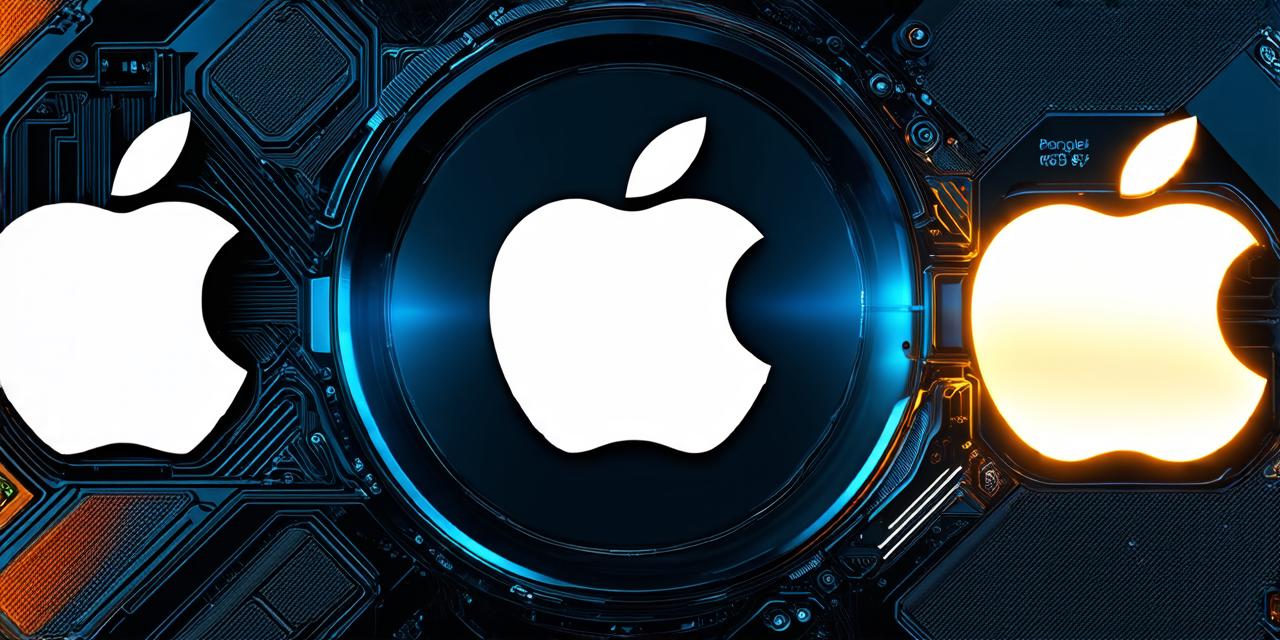XR technology, also known as immersive or interactive reality, has the potential to revolutionize the way we interact with digital content and each other. By creating a virtual environment that simulates the real world, XR allows users to experience new things, learn more about the world around them, and even improve their skills in various areas.
What is XR Technology?
XR technology combines elements of virtual reality (VR), augmented reality (AR), and mixed reality (MR) to create a seamless and immersive experience for the user. VR creates a completely artificial environment that users can explore, while AR overlays digital content onto the real world, allowing users to interact with both the physical and digital worlds. MR combines elements of VR and AR, creating a hybrid environment where users can interact with virtual objects in the real world.
The Potential of XR Technology
XR technology has the potential to transform many industries, including education, healthcare, entertainment, and even the way we work. By providing users with a more immersive and interactive experience, XR can help them learn more effectively, improve their skills, and gain new insights into complex topics.
Education
XR technology can be used in education to create a more engaging and immersive learning experience for students. By using VR or AR, students can explore virtual environments that simulate real-world scenarios, allowing them to learn about history, science, and other subjects in a more hands-on way. This can lead to better retention of information and a deeper understanding of the subject matter.
Healthcare
XR technology has the potential to revolutionize healthcare by providing patients with a more immersive and interactive experience. By using VR or AR, patients can simulate real-world scenarios that allow them to practice surgical procedures or manage chronic pain. This can lead to improved patient outcomes and reduced healthcare costs.
Entertainment
XR technology is also being used in the entertainment industry to create more immersive and interactive experiences for users. By using VR or AR, users can explore virtual environments that simulate real-world scenarios, allowing them to experience things they may never have the opportunity to do in real life. This can lead to increased engagement and a more memorable experience for users.
Work
XR technology can also be used in the workplace to improve productivity and collaboration. By using VR or AR, employees can work together in virtual environments that simulate real-world scenarios, allowing them to practice new skills and improve their teamwork. This can lead to increased job satisfaction and improved business outcomes.
Maximizing the Potential of XR Technology
To fully unlock the potential of XR technology, it is important to use it effectively. Here are some tips for maximizing the potential of XR technology:
- Define your goals: Before using XR technology, it is important to define your goals. What do you want to achieve with XR? What outcomes do you hope to see? By defining your goals upfront, you can ensure that you are using XR technology in the most effective way possible.
- Choose the right technology: There are many different types of XR technology available, including VR, AR, and MR. It is important to choose the right technology for your needs. For example, VR may be better suited for immersive education experiences, while AR may be better suited for interactive marketing campaigns.
- Develop effective content: To maximize the potential of XR technology, you need to develop effective content. This means creating content that is engaging, informative, and interactive. By doing so, you can ensure that users are fully immersed in the experience and that they are able to achieve their goals.
- Train your team: To use XR technology effectively, it is important to train your team on how to use it. This includes training on how to develop content, how to use the technology, and how to measure the effectiveness of your XR campaigns.



